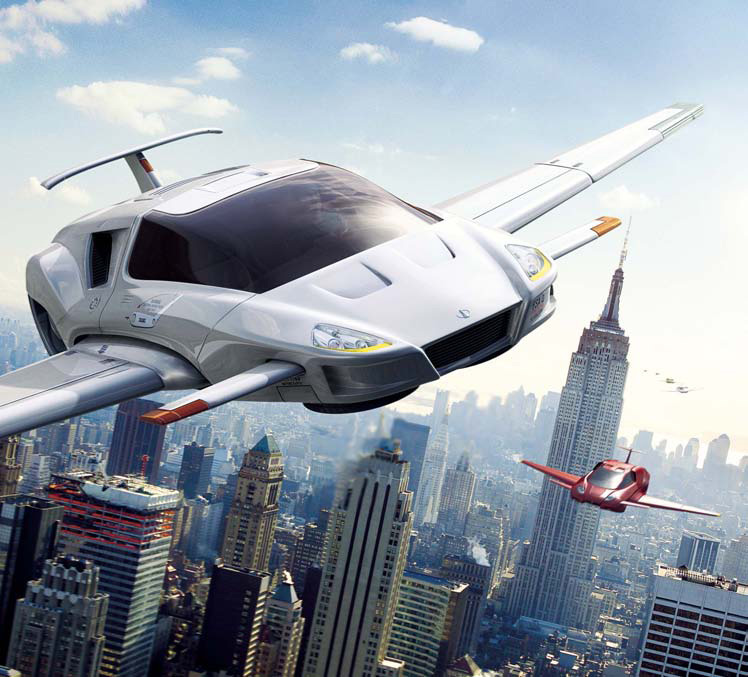2015 came, and by now is almost gone and we can see that we’ve been mostly deceived by popular expectations from the media industry like hover boards, flying cars or laser guns.
It’s obvious that we all wish for such cool gadgets and we are eager to use them, but are we actually? in this matter data science has a word and establishes itself as an expression of people’s hidden wishes by underlining not what they say or what they wish but actually what people do in order to fulfill a goal. By now we determined that people love to read or watch SF but don’t actually want to experiment dangerous technologies that can be unstable and as much as The Jetsons inspired security things are not quite so, and from a darwinian point of view it’s the most normal thing to do.
When we ask why technologies don’t evolve or do it very slow the answer is simple: because the actual technologies used today haven’t reached their own limits, therefore they evolve towards a more greater image but not quite a SF one. We could notice that when a technology would reach its limits, a more advance one would pick up from there and we can take the example of the way we communicate, that could not be imaginable for a person living in the 1950’s and also we can notice that the main concepts of cars are not that different from those times. This is a very good example of a technology that reached its limitations and one that hasn’t.
Flying cars exists already, and they have been developed either by independent enthusiasts or by serious companies but they have a number of inconsistencies, like a limited number of passengers or the constant need for an airstrip and that’s why they are only useful to eccentric people. Meanwhile the resources that normal cars use became more efficient and reliable pushing people towards self driving cars, adaptive cruise control or intelligent breaking systems.
Data science monitors this changes and also analyze our tendency to stay anchored into the past, with the technologies we already know rather than experimenting, and it discovers that we are far from devices like those from “Back to the future” because after all, who knows where we could’ve been if the right amount of research would’ve been conducted towards a Hollywoodian perspective.
